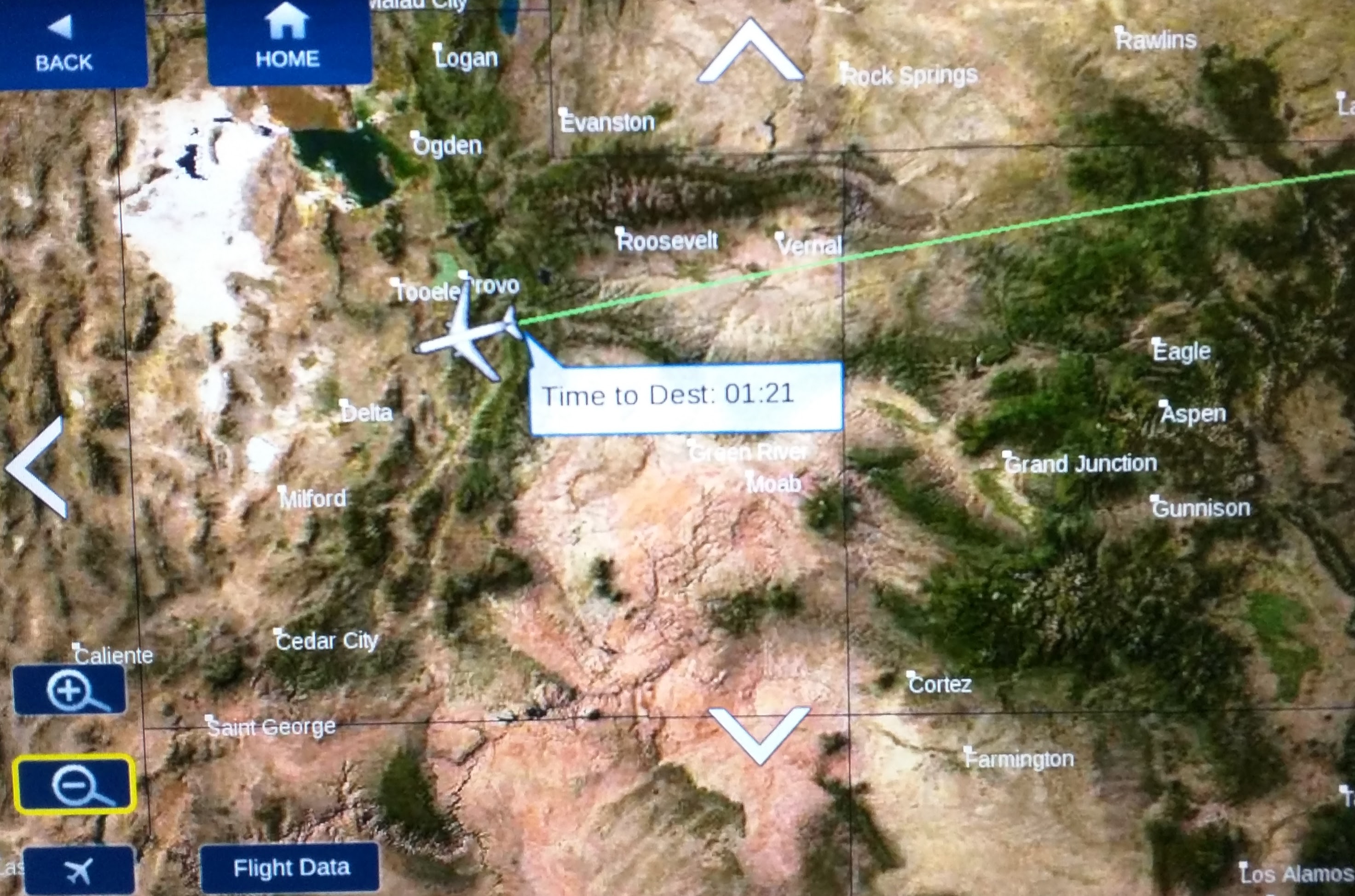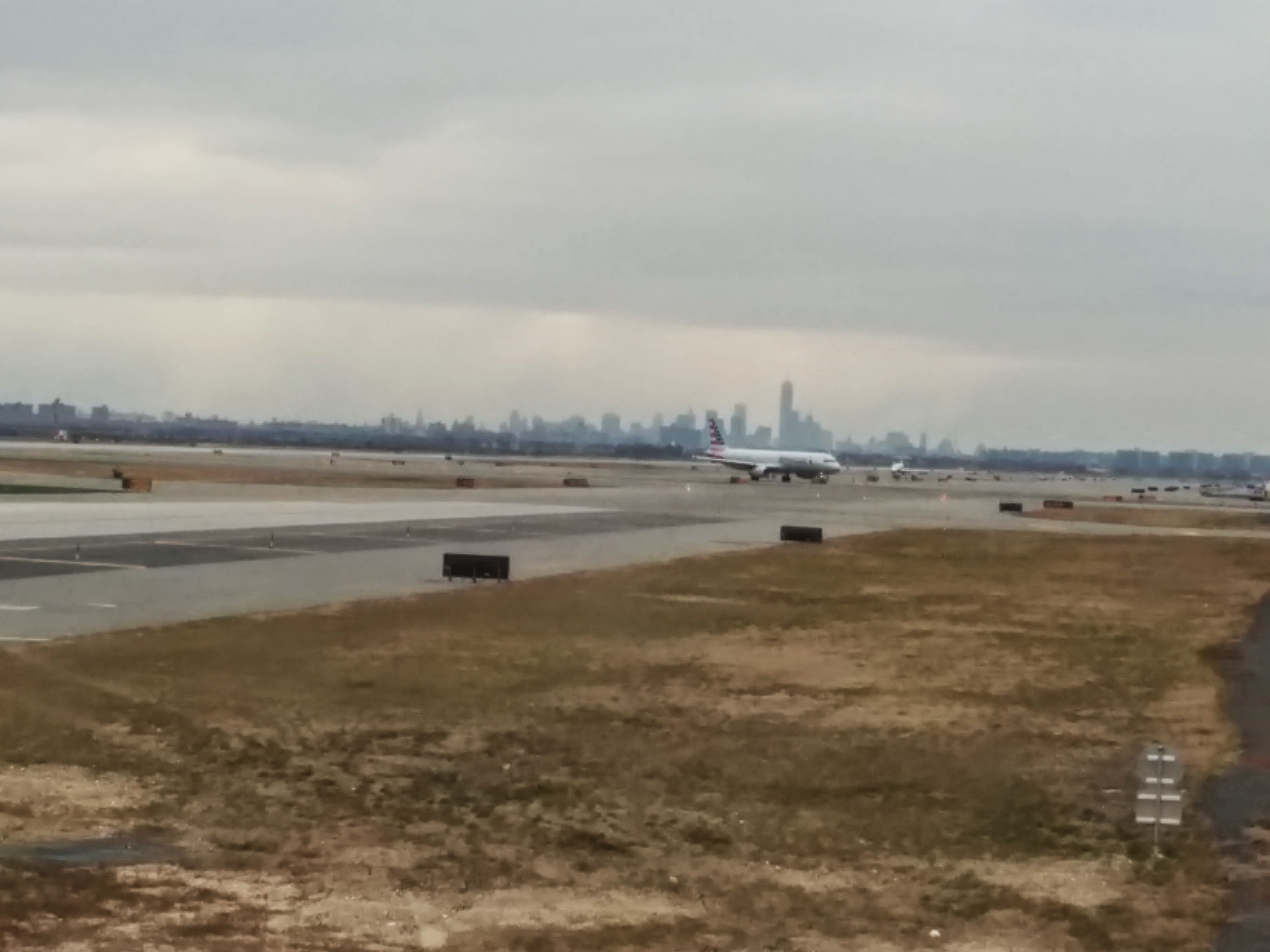Da Nang, Vietnam
Once you get beyond Kuala Lumpur, peninsular Malaysia offers tourists three things: mountain highlands, beaches, and historical trade cities. I opted for the latter. There are beaches and mountains elsewhere in the region — I’d just spent a good bit of time on both — but what’s unique to Malaysia is the melange of cultures created by its strategic geographical location and its history. Like a bowl of laksa, Malaysia is a mix of cultural influences that can sometimes be a bit sour or strange, but is worth tasting.
Melaka and Penang
In my brief visit to Malaysia, I visited just two destinations beyond Kuala Lumpur: Melaka City, the capital of Melaka State, and George Town, on the island of Penang. Each is a historic trading city that has become a UNESCO World Heritage Site, and each is a mixture of European, Indian, Malay, and Chinese influences, with the Baba Nyonya — the local term for the Malaysian Chinese — leaving the strongest mark in each place.
Melaka (Malacca) (photos) is the smaller of the two, an old Dutch trading port whose importance has long since faded. The old city has been restored and decked out in murals, but there are traces of earlier, less heritage-driven attempts to drum up tourism: a defunct monorail, an abandoned pirate-themed amusement park, an unfortunate thing of overdecorated trishaws — cycle rickshaws — done up in LED lights and Hello Kitty or Doraemon and blasting music. George Town, on the island of Penang, is larger and more vibrant, and there’s still a major working port on the mainland nearby, in Butterworth. But Georgetown, too, shows signs of misguided early development: the highest building, just beyond the heritage area, is a soaring tower, now in a state of disrepair, whose lower floors house one of the most depressing malls I have ever been to.
I enjoyed my time in both cities. In Melaka, it was thrilling just to gaze out at the sea and realize I was looking across one of the most important shipping lanes in the world. The old city is beautiful and evocative, and it came alive with the Friday night market on Jonker Street. And I met fascinating people, like the Chinese Eurasian proprietor of a restored Dutch heritage house, who told me about Catholics he knows with Jewish surnames like Menasseh, and also seemed to believe that though you can’t come into Malaysia on an Israeli passport, there are secretly Israeli advisors at the highest levels of government.
In Penang (photos), I stayed in an elegant bed and breakfast, You Le Yuen, in a restored building on Love Lane, supposedly so called because that’s where the rich Chinese merchants kept their mistresses (I stayed in the North Studio Suite). My arrival happened to be the night of the Chingay Parade, which centered on teams that carried great banners on enormous bamboo poles, which they would toss or kick into the air so that one member of the team could catch the pole on his forehead and run with it for a while.
Penang is known for its food, and everyone says to go to the hawker stalls, so I did. The food was good, and varied, and often delicious, but I’m not sure it’s travel-across-the-world delicious.
Penang is also where I had my most extensive interactions with someone who was Malay, as opposed to Indian or Chinese, which is mostly who I ended up talking to in Malaysia. It was at the mosque, where a young man beside a banner about Muslims respecting Jesus roped me into a theological discussion involving several faiths I don’t believe in. He was gracious if passionate — at one point, he tried to inspire me by beginning a recitation of the Koran — and invited me into the mosque at prayer time. I watched him wash, but when he invited me to pray with him, I declined.
Fruitful misunderstandings
On Christmas, I went on my own to watch a movie (the new Star Wars!) and eat some Chinese food, as is the way of my people. Then, in the evening, my Indian friend took me to his brother’s Christian “open house” gathering, under some party tents in a vacant lot between a highway overpass and an elevated rail line. We ate Indian food that was too spicy even for the Indians, and then dessert was some sort of porridgey thing with noodles and beans, served in a cup. My hosts asked me what I thought of it.
“At first it was weird,” I said. “Then it was OK in the middle, and now that it’s gone, I kind of want more.”
The same could be said for my visit to Malaysia. After the warmth and ease of Thailand, Malaysia was prickly, strange, difficult. But it was difficult in a way that I found compelling on some level. I think Malaysia will stick in my mind. It’s an awkward country, cobbled together out of disparate cultures and in grave danger of exploding, yet it’s wealthier than most of its neighbors. It’s an oil state, and also a palm oil state — so much oil palm is planted that Malaysia has to import coconuts from Thailand — but it has the potential to be much more. Unlike Thailand or Vietnam, it has no real ancient roots; it was created as British and Dutch tin mines and rubber plantations, and its peoples and cultures are immigrants. It’s complex and messy enough that I could imagine staying interested in it, the way I stayed interested in Korea — which I also didn’t love after my first experience there. I wouldn’t put Malaysia at the top of your tourist list, but I wouldn’t put Korea there either, and I plan to live there.
My host told me the story of a Chinese Malaysian woman who got set up with an Australian man for a dinner date. As they were ordering, the woman asked, “Do you like me?” It was a forward question, but the man answered, “Yes, I suppose I do.” Eventually they married.
Except that she was asking, “Do you like mee?” — noodles. Malaysia feels like a country built out of such misunderstandings, a country where the locals have trouble talking to each other but muddle through anyway.
Bonus: What Malaysia gets right that the world gets wrong
At Kuala Lumpur International Airport, you check in, drop off your bags, and then go to the departure gates — and not through security. Instead, your security screening happens at the gate, when the flight is just about ready for boarding. You then wait in a sort of holding pen, for just a few minutes, between security screening and actual boarding.
This system means you’re not on a security line with everyone else coming to the airport, regardless of when their flights are and when yours is. It means that there’s far less time between your security check and your boarding — and far fewer opportunities to, say, slip into the back of a restaurant and get a knife. Your security line is just a part of your boarding process, not a separate waiting period.
Other airports should do it this way. It might require extra security staff, and it definitely requires the construction of secure holding areas by each gate. Not every airport has the capacity. But new airports should adopt the KLIA model.



